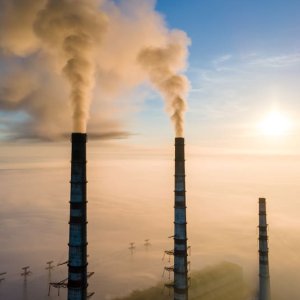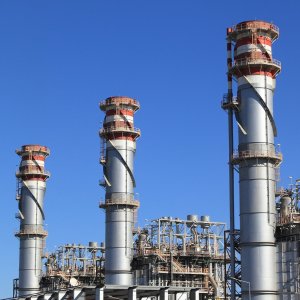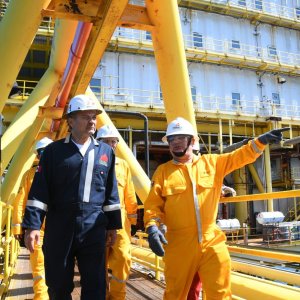Lessons for Mexico From ‘Energy Trilemma’ Imbalance

STORY INLINE POST
When thinking about the matrix of energy security versus energy transition, it is helpful to imagine a triangle whose points are denominated as “security,” “sustainability” and “affordability.” Ideally, the balance point of those three cardinal themes would land directly in the center of said triangle as each theme is of equal importance. These themes are of transversal significance in the sense that they are applicable at the local, country, regional and global level. Macro trends, either country specific or global, may pull any given country, or the global energy system for that matter, toward any one of the three poles at any given time.
Arguably, the global energy system has been extremely and heavily focused on the “sustainability” theme since 2015, and maybe even before that. As the balance point gets pulled closer to the sustainability theme, the triangle becomes unbalanced and both security and affordability are detrimentally affected. The movement of the balance point is different for each country and depends on their unique situation but, at the same time, an aggregate view from a global perspective has shown an overall pull to the sustainability pole. It is also important to highlight that this balance point is never static and can be influenced by a variety of factors, both endogenous and exogenous.
This triangle concept is known as the “Energy Trilemma.” Over the last few years, and specifically over the last few months, the unbalanced nature of the global triangle has been exposed by both the 2021 energy crunch, which pulled the balance point toward its polarity, and finally the war in Ukraine, which is now exerting its magnetic pull. How the global balance point will react to these new pressures is yet to be seen; however, at a country level, these new pressures are forcing renewed conversations around both affordability and, more importantly, security.
Energy security is a topic that has laid dormant for many years, arguably since the end of the OPEC oil embargo of the 1970s. That experience profoundly changed the world and the way in which consumer countries tried to mitigate the oil embargo’s effects. In the US, the Nixon administration responded with the Energy Policy and Conservation Act of 1975, which, among other things, forbade oil companies from selling crude produced in the US to foreign countries or entities. That law stayed on the books for another four decades before finally being repealed in the final years of the Obama administration. The existential security of supply threat was such that it took the US shale boom to finally convince lawmakers that the US had enough oil to supply itself and sell abroad.
As mentioned previously, while the war in Ukraine continues, so too will energy markets continue to tighten. Most notably in Western Europe, which is highly dependent on hydrocarbons produced in Russia, this situation seems to be reaching an untenable point. If tomorrow all gas and oil that originated in Russia was not able to reach markets in Western Europe, the regional economy, not to mention the rest of the world, would fly into immediate recession. Like it or not, the Europeans are between a rock and a hard place in the immediate term, as investments in renewables and other non-hydrocarbon sources of energy are still not capable on their own to meet the primary energy demand of the region in that time frame.
Mexico should take note of the situation Europe finds itself in. Certainly, the characteristics of the North American region are significantly different from Russia and Western Europe in terms of supply, demand and international trade flows, but the premise remains the same. As each of the hydrocarbon-producing countries in the region moves forward in time, they will need to balance the ability to make smart, long-term investments in other types of energy with the geopolitical necessity of being able to supply their own primary energy demand needs in the short and medium terms. Mexico is no different although it is in an arguably better position than most with some major caveats.
One of those major caveats is the supply of natural gas in the country. In 2021, Mexico produced 19.18 billion cubic meters (Bcm) of gas while its total demand came in at 82.18 Bcm in that same year. That means Mexico imported a total of 62.17 Bcm to cover the deficit in 2021. Of that 62.17 Bcm of imported gas, only 1.13 Bcm was LNG. That means the rest, or 61.04 Bcm, was imported via pipeline from the US. Considering the current conditions, this relationship is very beneficial in that Mexico is not exposed to the LNG spot market and the gas they are buying from the US is mostly on long-term fixed contracts denominated in Henry Hub pricing. However, it does beg the question: What would Mexico do if the US was unwilling or unable to supply natural gas to its southern neighbor? There are no easy answers there but, at the very least, policymakers should face the sobering reality that it is a question worth asking.
























